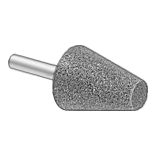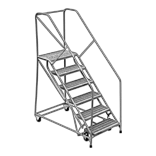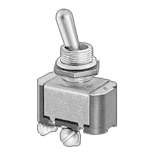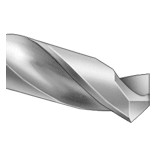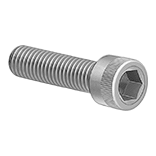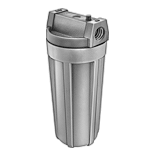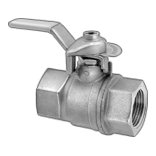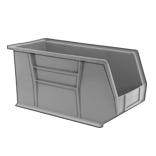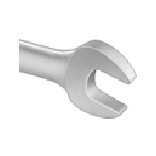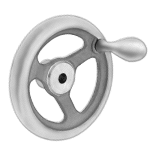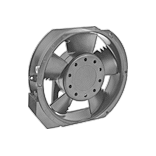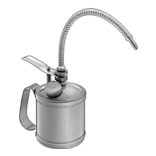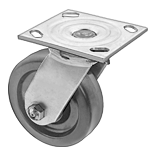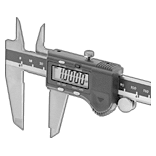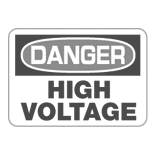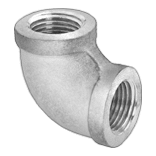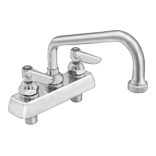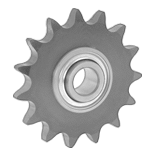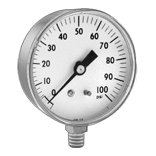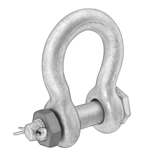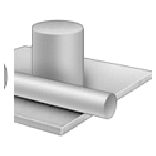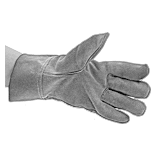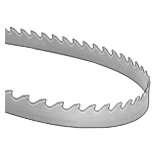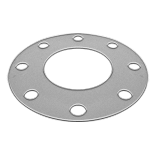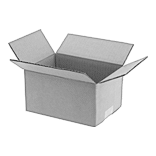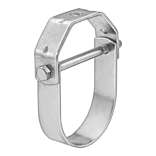Filter by
System of Measurement
Thread Size
Fastener Strength Grade/Class
Material
Specifications Met
Thread Direction
Color
Thread Fit
Drive Style
Finish
DFARS Specialty Metals
Export Control Classification Number (ECCN)
Application
Locking Type
Sold As
Insert Maximum Temperature
Heavy-Profile Hex Nuts
 |
About 10% wider and taller than standard-profile hex nuts, these handle heavier loads by distributing them over a larger area.
Extreme-Strength Steel
These nuts are about 20% stronger than high-strength steel nuts. To avoid stripped threads during installation, make sure your screw has a comparable strength rating.
Steel—Best for dry environments since moisture will cause these nuts to rust.
PTFE-Coated Steel—A slippery PTFE coating prevents these nuts from becoming stuck during installation. They resist rust in wet and outdoor environments, however they're not recommended for prolonged exposure since the coating can wear off.
Heavy-Profile Hex Nuts for High-Pressure Applications
 |
These nuts are hardened, so they maintain their strength under high pressure and temperature. Pair them with ASTM A193 screws to fasten critical components, such as valves and flanges, in pressure tanks, boilers, and heat exchangers. About 10% wider and taller than standard-profile hex nuts, these handle heavier loads by distributing them over a larger area.
Corrosion-Resistant Stainless Steel
Super-Corrosion-Resistant 316 Stainless Steel—Superior to 18-8 stainless steel, these nuts won't degrade when exposed to harsh weather, salt water, and most chemicals.
Thread Size | Wd. | Ht. | Fastener Strength Grade/Class | Specs. Met | Pkg. Qty. | Pkg. | |||||||||||||||||||||||||||||||||||||||||||||||||||||||||||||||||||||||||||||||||||||||||||||
|---|---|---|---|---|---|---|---|---|---|---|---|---|---|---|---|---|---|---|---|---|---|---|---|---|---|---|---|---|---|---|---|---|---|---|---|---|---|---|---|---|---|---|---|---|---|---|---|---|---|---|---|---|---|---|---|---|---|---|---|---|---|---|---|---|---|---|---|---|---|---|---|---|---|---|---|---|---|---|---|---|---|---|---|---|---|---|---|---|---|---|---|---|---|---|---|---|---|---|---|
Super-Corrosion-Resistant 316 Stainless Steel | |||||||||||||||||||||||||||||||||||||||||||||||||||||||||||||||||||||||||||||||||||||||||||||||||||
| 2"-8 | 3 1/8" | 2 1/64" | ASTM Grade 8M | ASTM A194 | 1 | 000000000 | 000000 | ||||||||||||||||||||||||||||||||||||||||||||||||||||||||||||||||||||||||||||||||||||||||||||
Nylon-Insert Locknuts
 |
Versatile yet economical, these are the most commonly used locknuts. The nylon insert grips the screw to prevent loosening from moderate vibration without damaging threads. However, the insert may become brittle if exposed to high temperatures. These locknuts are reusable a handful of times, but the holding power decreases with each use.
High-Strength Steel
Rated Grade 8, Grade C, or Class 10, these locknuts are about 25% stronger than medium-strength steel nuts. To avoid stripped threads during installation, make sure your screw has a comparable strength rating.
Black-Oxide Steel—Typically chosen for their appearance, these nuts have a dark, matte coating to create a finished look. They offer minimal corrosion resistance, so they're best for dry environments.
Steel—Best for dry environments since moisture will cause these nuts to rust.
